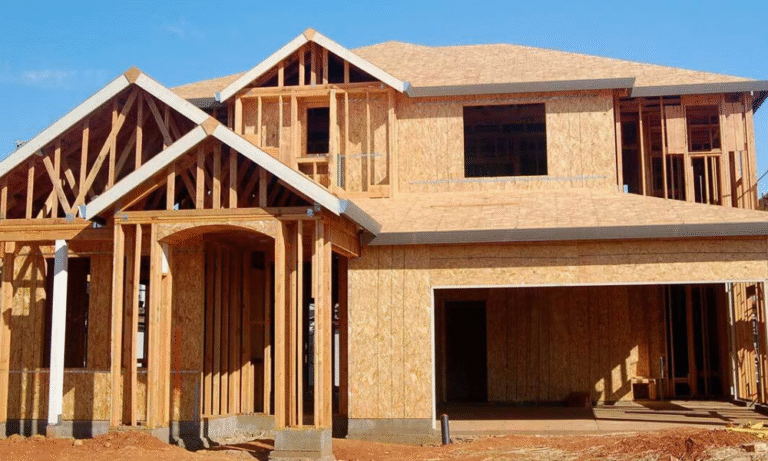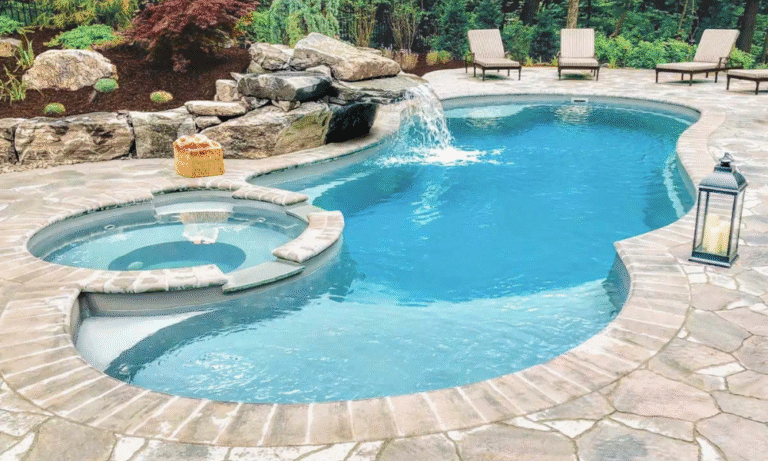Estimated reading time: 4 minutes
For many homeowners, doing these renovations themselves makes sense. To begin with, professional remodeling materials and labor might be costly. Furthermore, your time is valuable. Finally, having a construction zone in your home might be unattractive, and other individuals are simply afraid of contractors.
If you’re ready to accept some risk, doing your own remodeling can make sense. There’s always the possibility that you’ll have to pay later for your own tiny (or major) mistakes. Plumbing fittings in the bathroom or kitchen are often overlooked until the restoration is well underway, in our experience.
Don’t let style overshadow function. Your bathroom and kitchen upgrades should prioritize plumbing work. Supply pipes and water lines, as well as appliances like toilets, sinks, and faucets, should all be included in your remodeling design to save time and money in the long run.
Kitchen catastrophes
There are numerous design options available during a kitchen remodel, such as countertops and flooring. Homeowners can get caught up in superficial selections like finishing and luxuries before tackling the basics like the layout.
The placement of the sink, dishwasher, and refrigerator all have an impact on the plumbing layout. To define the dimensions and lay of the land, make these judgments early.
We frequently encounter homeowners who are unaware that the sink has an impact on the installation of new cabinets. Consider the following:
- The sink’s functionality
- basin’s depth
- The placement of the wall plumbing
- Otherwise, you’ll have lovely new cabinets but will be unable to install your preferred sink
Bathroom blunders
Plumbing is essential whether you’re remodeling the entire bathroom or simply replacing a few fixtures. Every single fixture in the bathroom, including the toilet, tub, shower, and sink, is reliant on it. Everything has to work together and be able to be used at the same time.
When homeowners believe they can easily shift the toilet, a regular problem arises. Because toilets are small and light, it’s reasonable to believe you can do it yourself. Even if you’re recycling fixtures and merely moving the toilet a few inches, it’s still a substantial plumbing job. You’ll quickly learn that it’s not just the pipes in the wall that provide a problem, but also the hole beneath them.
What makes me require a plumber?
Perhaps you’ve researched every possible issue before starting your kitchen or bathroom renovation. We admire your efforts if you’re still confident in your talents.
Some finishing touches, on the other hand, are best left to a professional plumber. Why? Pipes, fixtures, and appliances can cause major harm to your home’s plumbing system if not installed or serviced properly.
During the course of your redesign, a plumbing contractor can relocate pipes as well as install fixtures and appliances, increasing efficiency. A qualified plumber should handle projects involving building codes and permits. Many states, in fact, have municipal rules that only allow licensed contractors to undertake particular tasks.
A professional plumber should handle projects that entail building codes and permits. In reality, several states have local rules that restrict some types of work to licensed contractors only. It may be necessary to relocate or expand the plumbing infrastructure.
Plan your remodeling project thoroughly from the outset. Then you’ll see when hiring a pro can help you and achieve better outcomes. Furthermore, a plumbing professional can detect additional difficulties such as mold growth or ventilation problems.
Conclusion
It’s understandable if you want to do drain repair as part of your home improvement process. The different pipes and fixtures, on the other hand, might soon become confusing. If you have to go back and repair a mistake, it can increase your overall costs. Relax and enjoy. Professional assistance can save you thousands of dollars over time.



